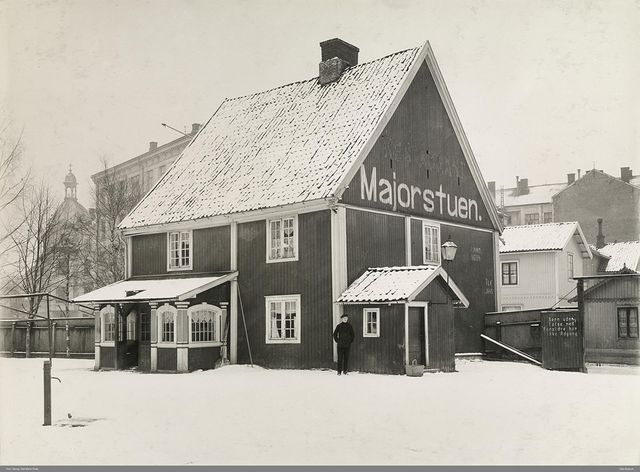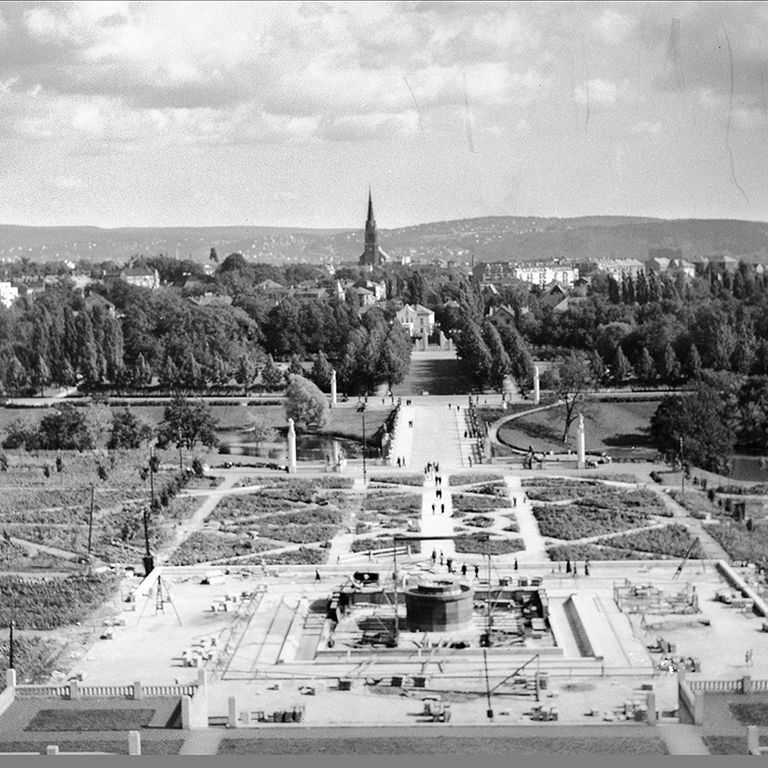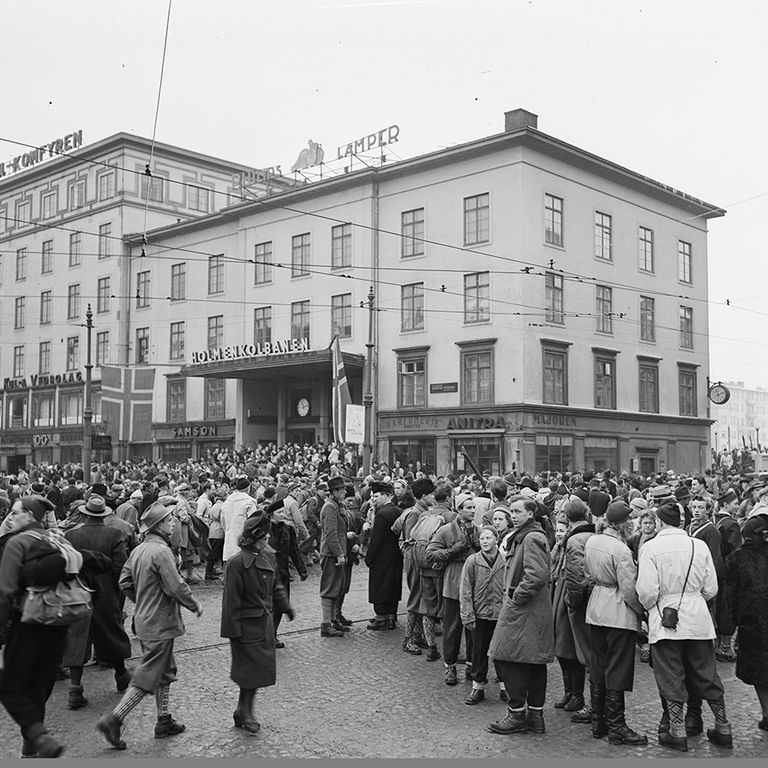In words and pictures: Majorstuen

The name Majorstuen originates from a small cabin that was erected around 1750 on a croft under the Nedre Blindern farm. There is uncertainty about whom the cabin was actually named after, as Captain Michael Wilhelm Sundt named his son after himself. The son died young and never achieved his own title as captain. Thus, he remained only Major Michael Wilhelm Sundt.
The house was located at Sørkedalsveien 1B, served as a getaway for city residents, and was operated as a restaurant at the end of the 19th century. It was the local population in Aker who started calling the area around the house 'Majorstua'. The name appeared on the map in the year 1800, written as 'Majorstuen' due to the Danish orthography.
The area was eventually built up with apartment buildings for the bourgeoisie. This led to a change in the pronunciation of the name, where the residents pronounced the name as it was written. Unfortunately, the house had to be demolished in 1913 to make room for the Smestadbanen station building.
The house was moved to Husebyveien 12, and still stands there today (marked by significant reconstruction). Today, the name of the area is pronounced with both an a- and an en-ending, depending on language policy and social affiliation.
Frogner Park

About 600 meters from the subway station, one finds Frogner Park. The area where Frogner Park is located today was purchased by the then Kristiania municipality in 1896 with plans to convert parts of the area into a cemetery.
At the turn of the century, it was instead decided that a public park for relaxation and sports would be established in the area. Frogner Park also contains the Vigeland Park with its 214 sculptures by Gustav Vigeland. This is the first park in Norway to be protected by the Directorate for Cultural Heritage (2009), and it is one of Norway's largest tourist attractions.
The sculptures in the park were unveiled at different times, from the first in 1939 to the last in 2002. The most famous sculptures in the park are The Angry Boy, The Fountain, and The Monolith. The latter sculpture was unveiled in 1944. By then, three stone carvers had been working for 16 years to complete it. The stone it is made from was transported from Iddefjorden near Halden in one piece.
Tramway Museum
Right around the corner from Majorstuen Metro Station, at Gardeveien 15, you'll find the Tramway Museum, also known as Vognhall 5. The museum is operated by volunteer members from the Local Transport History Association (LTF), which was founded back in 1966. The association works to preserve and convey the history of public transport in Oslo and Akershus.
At the Tramway Museum, you can see a large collection of trams, trailers, tools, items from stations, ticketing, signs, posters, uniforms, and much more related to the history of public transportation. The exhibition is curated to include as wide a range of the history of public transportation as possible, from a horse-drawn tram from 1875 to the last used Metro cars.
The museum also has several text posters and video presentations about public transport, city history, and urban development, and conveys stories from both travelers and workers on the railway. The members of LTF are also working on digitizing a large collection of photographs and cultural artifacts on Digitalt Museum.
The Tramway Museum is temporarily closed for reconstruction, including to accommodate a universally designed entrance, and will reopen in 2025.

Images and videos on other websites
See more pictures at digitaltmuseum.no
Watch the movie "Majorstuen Station, Holmenkollen Day 1924".